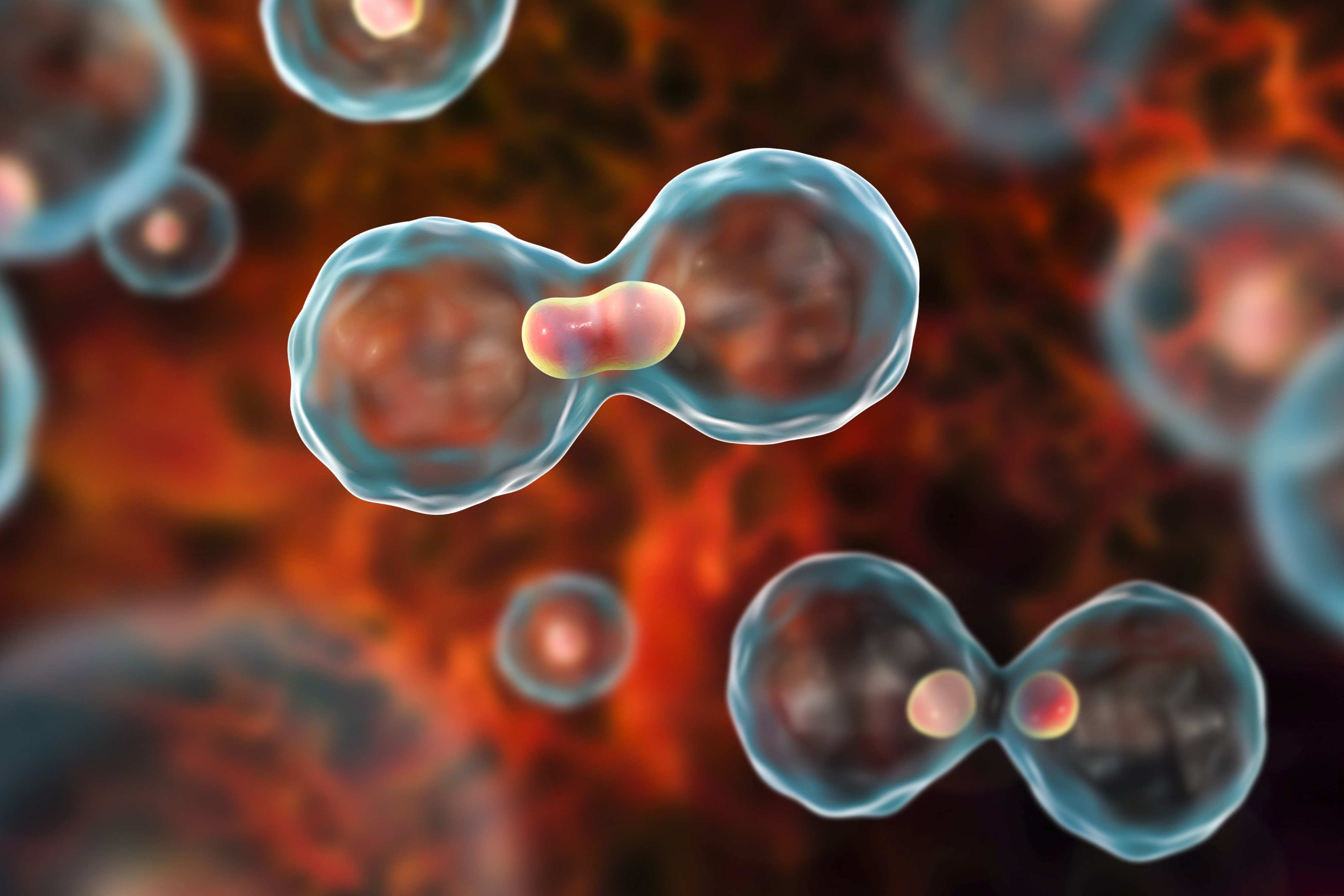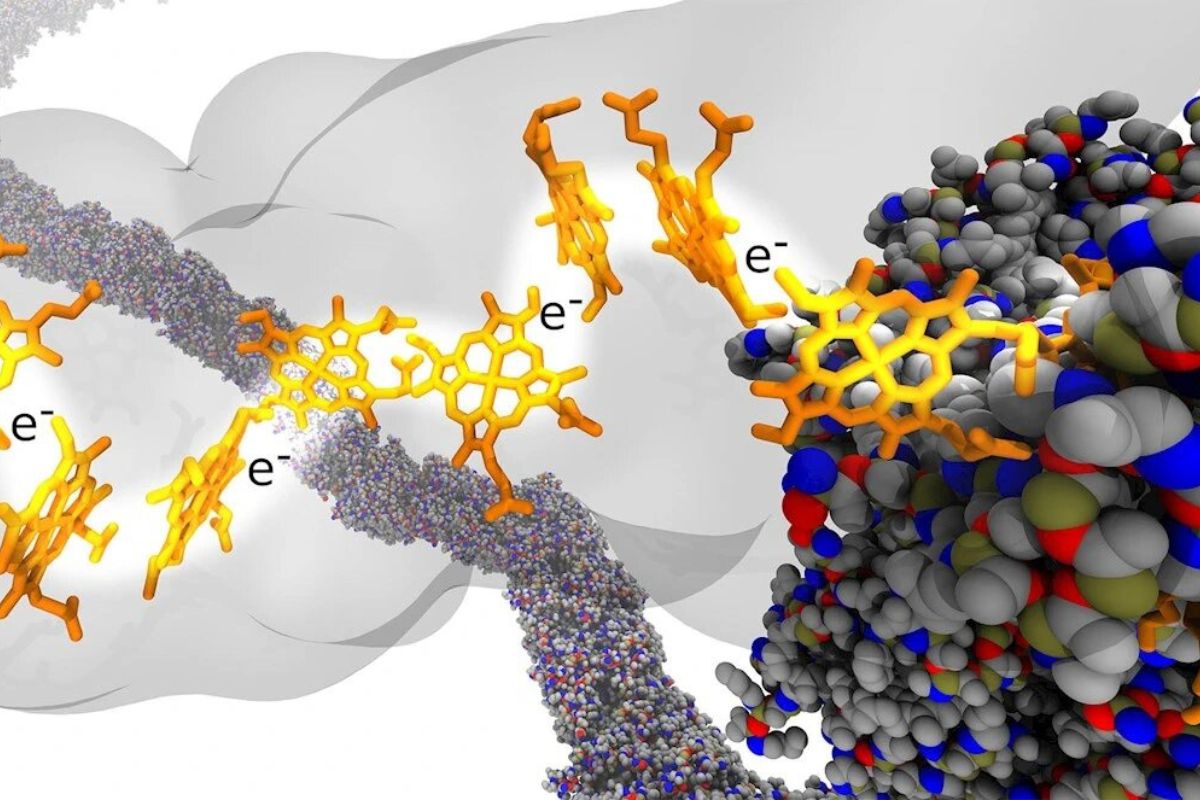
Cell division is a fundamental process that keeps life going. But what exactly happens during this crucial event? Cell division involves a single cell splitting into two or more daughter cells, ensuring growth, repair, and reproduction in living organisms. There are two main types: mitosis and meiosis. Mitosis results in two identical cells, perfect for growth and repair. Meiosis, on the other hand, creates four unique cells, essential for sexual reproduction. Understanding these processes helps us grasp how organisms develop, heal, and even evolve. Ready to dive into the fascinating world of cell division? Let's break it down into 12 amazing facts!
What is Cell Division?
Cell division is a fundamental process in all living organisms. It allows cells to reproduce, grow, and repair damaged tissues. Let's dive into some fascinating facts about this essential biological phenomenon.
-
Two Main Types: There are two primary types of cell division: mitosis and meiosis. Mitosis results in two identical daughter cells, while meiosis produces four genetically diverse cells.
-
Chromosome Duplication: Before a cell divides, it duplicates its chromosomes. This ensures each new cell has the correct number of chromosomes.
-
Phases of Mitosis: Mitosis consists of several stages: prophase, metaphase, anaphase, and telophase. Each phase plays a crucial role in ensuring accurate chromosome separation.
Why is Cell Division Important?
Cell division is vital for various reasons, from growth to healing. Here are some key points highlighting its importance.
-
Growth and Development: Cell division is essential for the growth and development of multicellular organisms. It allows a single fertilized egg to develop into a complex organism.
-
Tissue Repair: When tissues are damaged, cell division helps repair and replace the damaged cells. This process is crucial for healing wounds and maintaining healthy tissues.
-
Reproduction: In single-celled organisms, cell division is the primary method of reproduction. It allows these organisms to multiply and spread.
How Does Cell Division Work?
Understanding the mechanics of cell division can be quite intriguing. Here are some insights into how this process works.
-
DNA Replication: Before a cell divides, its DNA is replicated. This ensures that each daughter cell receives an exact copy of the genetic material.
-
Spindle Fibers: During mitosis, spindle fibers form and attach to the chromosomes. These fibers help pull the chromosomes apart, ensuring each new cell gets the correct number.
-
Cytokinesis: After the chromosomes are separated, the cell undergoes cytokinesis. This process divides the cytoplasm, resulting in two distinct cells.
Interesting Facts About Cell Division
Cell division has some surprising and lesser-known aspects. Here are a few intriguing facts.
-
Cancer and Cell Division: Cancer occurs when cell division goes awry. Uncontrolled cell division leads to the formation of tumors and the spread of cancerous cells.
-
Telomeres and Aging: Telomeres are protective caps on the ends of chromosomes. Each time a cell divides, its telomeres shorten. This shortening is associated with aging and cell death.
-
Stem Cells: Stem cells have the unique ability to divide and differentiate into various cell types. This makes them invaluable for medical research and potential treatments for various diseases.
The Wonders of Cell Division
Cell division is a fascinating process that keeps life going. From mitosis to meiosis, each type plays a crucial role in growth, repair, and reproduction. Without it, organisms couldn't develop, heal, or reproduce. Chromosomes ensure genetic information is accurately passed on, while cytokinesis splits the cell's contents. Stem cells rely on division to differentiate into various cell types, aiding in medical advancements. Errors in division can lead to genetic disorders or cancer, highlighting its importance. Understanding cell division helps scientists develop treatments and improve health outcomes. It's a complex yet essential process that underscores the beauty of biology. So next time you think about growth or healing, remember the tiny cells working tirelessly to keep everything running smoothly.
Was this page helpful?
Our commitment to delivering trustworthy and engaging content is at the heart of what we do. Each fact on our site is contributed by real users like you, bringing a wealth of diverse insights and information. To ensure the highest standards of accuracy and reliability, our dedicated editors meticulously review each submission. This process guarantees that the facts we share are not only fascinating but also credible. Trust in our commitment to quality and authenticity as you explore and learn with us.


